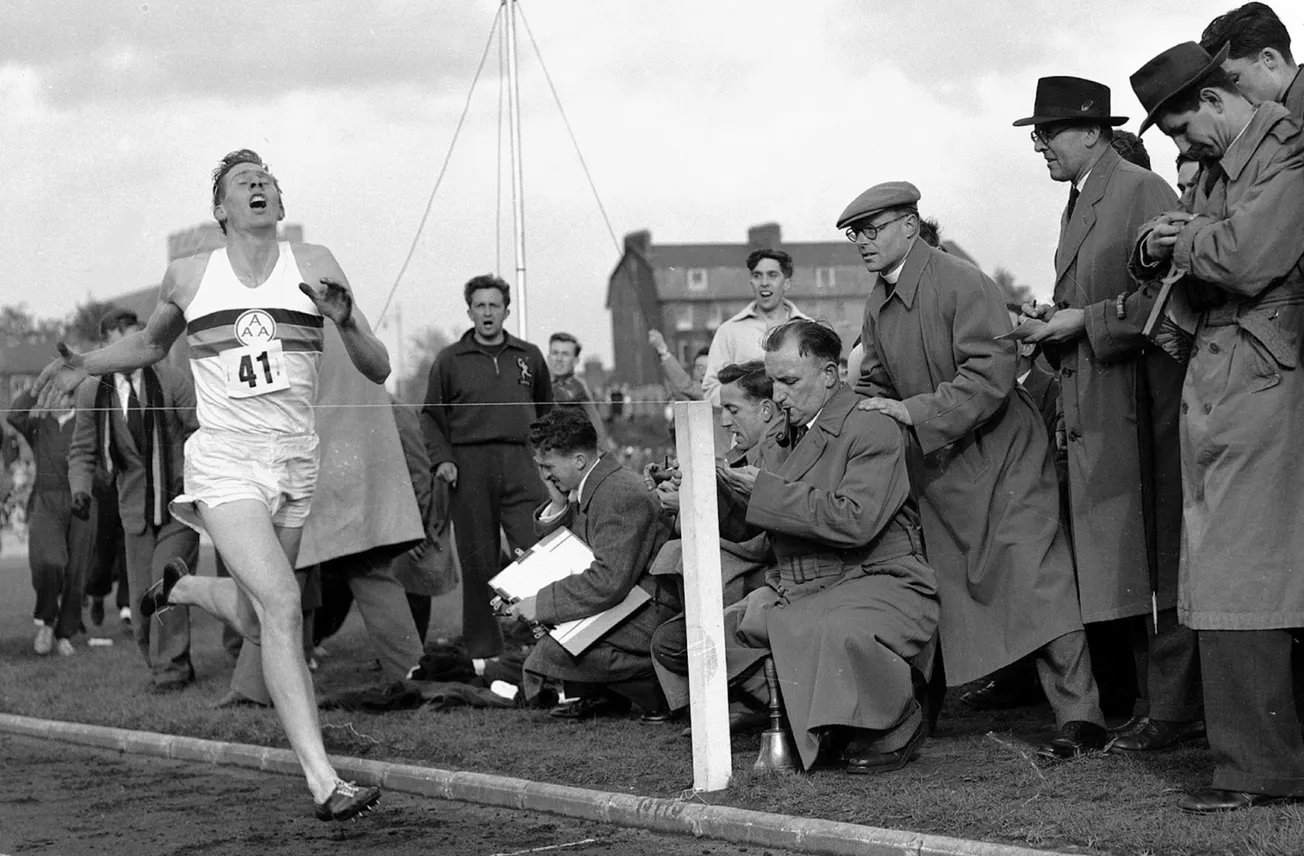Table of Contents
On May 6th, 1954, the late runner Roger Bannister performed a feat that many world experts believed was impossible. Gliding around the track at a breakneck speed, Bannister crossed the finish line after his fourth lap in 3 minutes and 59.4 seconds. In one fell swoop, he shattered the mile world record, breaking the 4-minute barrier for the first time in history. What made this already astonishing feat of athletic will even more astounding, however, was Bannister’s status as a complete amateur.
In fact, Bannister was a full-time medical student at the time. He had spent the morning of his famous 4-minute mile at his residency program in London, taking the train up to Oxford in the afternoon for the race. Running was merely a hobby for Bannister, one to which he could only dedicate one hour per day given his studies. He would enjoy an equally successful neurology career, eventually becoming a master at Pembroke College, Oxford, which he considered an even greater accomplishment than his record-breaking mile.
Today, in an increasingly professionalized and credentialist world, where people are discouraged from forming any identity beyond their professional careers or proficiency beyond their chosen fields, the spirit of amateurism can offer a vital remedy to such myopia. It can provide those who “give it a go” a richer and fuller understanding of the world, and offer joys outside of the comfort zones that exist within whichever field they have chosen to master.
The spirit of the amateur, at its core, is a spiritual nonchalance and a dismissal of anxieties regarding failure. The phrase “to try my hand” captures this spirit perfectly, encouraging us to embrace our shortcomings and to learn from our mistakes. When we pursue a new hobby or talent, we are very unlikely to excel at it from the start—much to the chagrin of the average Stanford student. However, by embracing the process of trial and error, and by relinquishing our fear of making mistakes, people often find a new joy or passion in the process. Yet this spirit is becoming increasingly rare as the grip of specialization tightens.
At the Stanford Review, I am proud to say that we are amateurs. Few on our team harbor any ambition to enter journalism. Nonetheless, we have all tried our hands at writing, and we encourage those who have read along to “try their hands” at whatever perks their curiosity. Stanford is an ideal location to expand one’s horizons, as there are endless opportunities to take advantage of a vibrant patchwork of hobbies, from rugby to poetry to musical ensembles.
This spirit of the amateur is best captured by the archetypal Silicon Valley founder. First time founders are, by definition, not experts in the entrepreneurial field they are entering, however proficient they may be in the industry they have selected. Consequently, one of the worst killers of good ideas among my generation is the fear of failure; the belief that things must be perfect, that we are not qualified for the task of founding and that the opportunity cost is too high if we do not succeed straight away.
This poisonous sort of thinking once again exposes the myopia of a generation that is bent out of shape by professionalization and credentialism, whose reckless optimism and spontaneous amateurism is routinely punished. Those who explore are deemed “unserious,” “flaky,” or “frivolous,” whereas languishing in one’s comfort zone marks “commitment” and “focus.”
As we now move from a period of technological stagnation to the present, in which “techno-optimism” seems to be re-emerging, my generation would do well to remember the spirit of the amateur. If some brilliant idea catches your eye, do not shrug it off and simply send out more Google and Meta applications. Instead, “give it a go,” and “try your hand.” Who knows? Like Roger Bannister, you might just turn a few heads….









